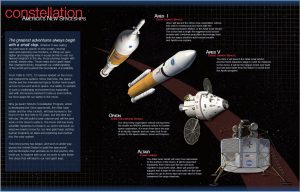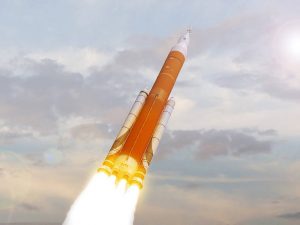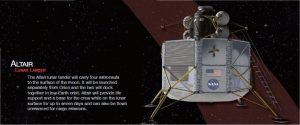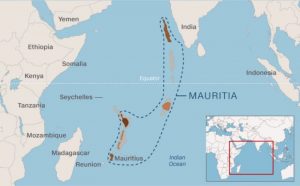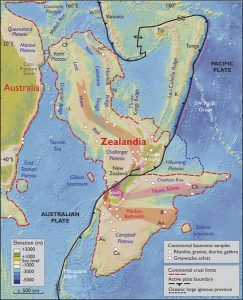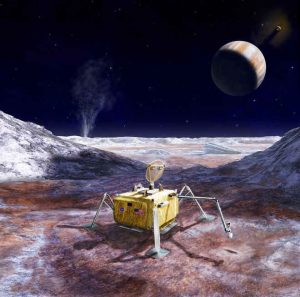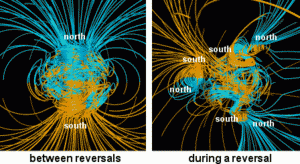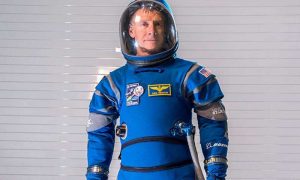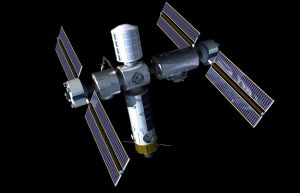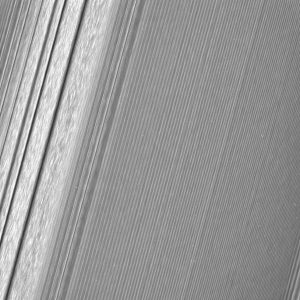One of the most mysterious of all known fossils is an ancient animal known as the Tully monster. Named for it’s discoverer Francis Tully who first found the enigmatic creature in 1958 at the Mazon Creek fossil site in Illinois. The Mazon Creek site is world famous because it is one of the very few places on Earth where the remains of the soft parts of animals were well preserved.
Think about it, when you go to a museum to look at their dinosaur collection what you really see are the dinosaur bones, the hard parts of the animals. Whenever paleontologists find even a tiny fragment of the soft anatomy of an animal it is a rare and very valuable find.
The Tully Monster had no hard parts, and it is only known from the specimens of it that have been found at Mazon Creek. Worse, whatever relatives Tully may have had also had no hard parts because we have only guesses as to what kind of animal it is. Take a look at the picture below to see just how strange this ‘monster’ was.
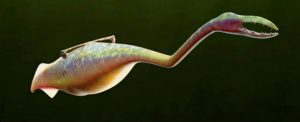
The long pincer out front, we’re not quite sure if that’s where the mouth is, and the eyes on a bar across the back are certainly weird if not monstrous. What kind of animal Tully is has been debated for years.
Last year, a paper in the journal Nature by Victoria E. McCoy of Yale University and others announced that the Tully monster was a vertebrate, that it had a backbone along with a gill sack and liver and was distantly related to us. This week however another paper by Lauren Sallan of the University of Pennsylvania pushed back, declaring that the ‘gill sack’ and ‘liver’ were misinterpreted and that the eyes of Tully monster were ‘cup eyes’ similar to those possessed by a snail not a vertebrate. It seems we still have no idea just what Tully is. As it happens I live in Philadelphia and attended Drexel University across the street from the U. of P. so obviously I think Professor Sallan is right! In fact it looks as if the Tully Monster is going to remain a mystery for some time to come and isn’t that the way a monster should be!
I myself have a sizeable fossil collection and hope one day to do some collecting at Mazon Creek. If you’d like to learn more about the Tully Monster and the Mazon Creek fossils (there are a lot of other interesting creatures found there) I recommend ‘The Mazon Creek Fossil Fauna’ by Jack Wittry and available at amazon.

Another fossil related bit of news also deals with the problems of identifying long extinct animals know only from a few specimens. In this case it’s the discovery of an ancient “bristle” worm which was not only very large but came equipped with a set of equally large snapping jaws. A member of the phyla annelid, segmented worms, this worm was approximately a meter in length with jaws about half a centimeter (So the jaws weren’t really that big but for animals of this kind they were huge). In a marine environment bristle worms often live in tubes which they have constructed out of sediment and a chemical they secrete. The fossil was found in rocks over 400 million years old and may have been an active predator, using its jaws to seize and chew its prey.
The history of life on this planet is both long and complex. With several million different kinds of creature alive today and many times that number that are now extinct there’s always new and fascinating discoveries to be made!

